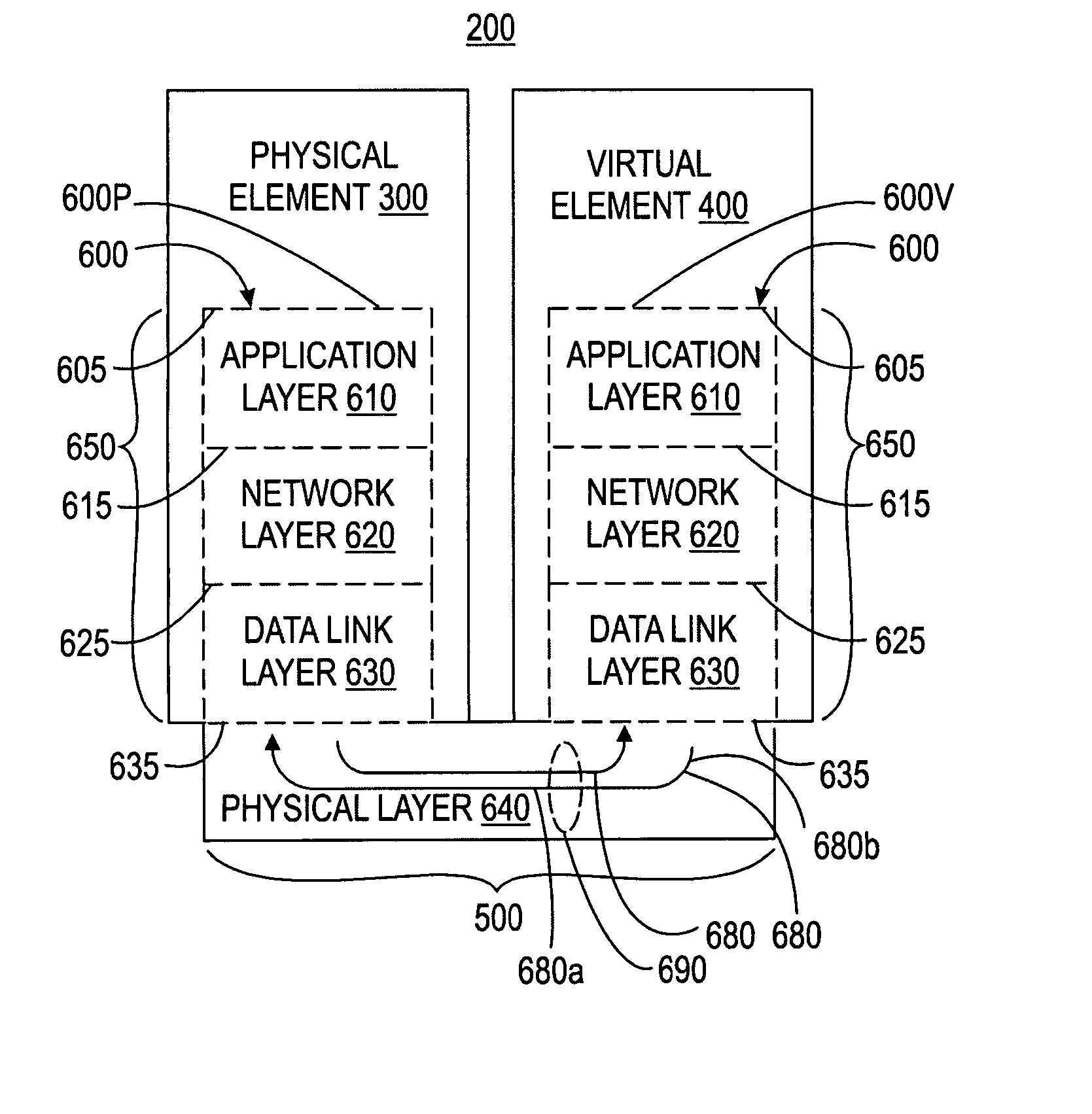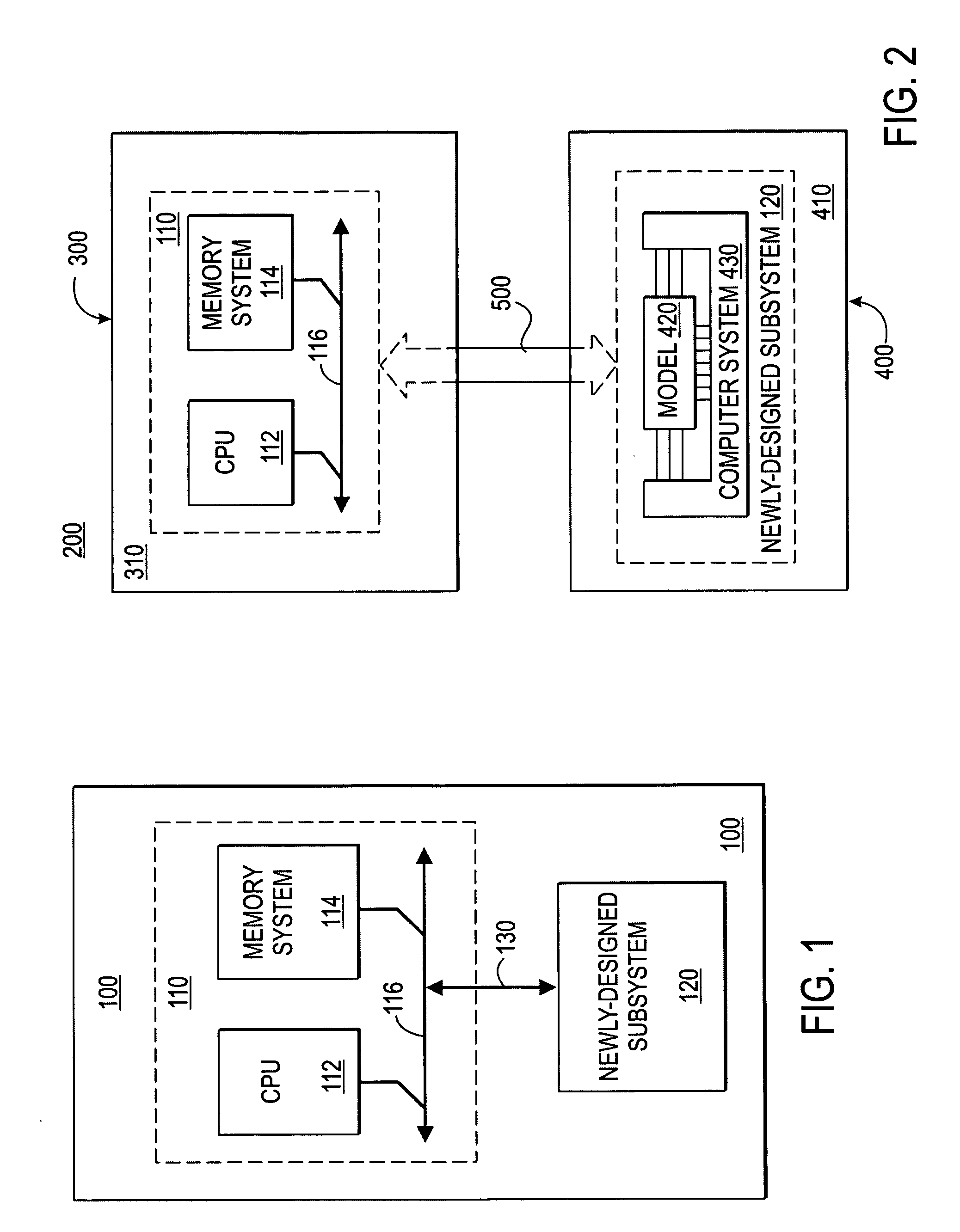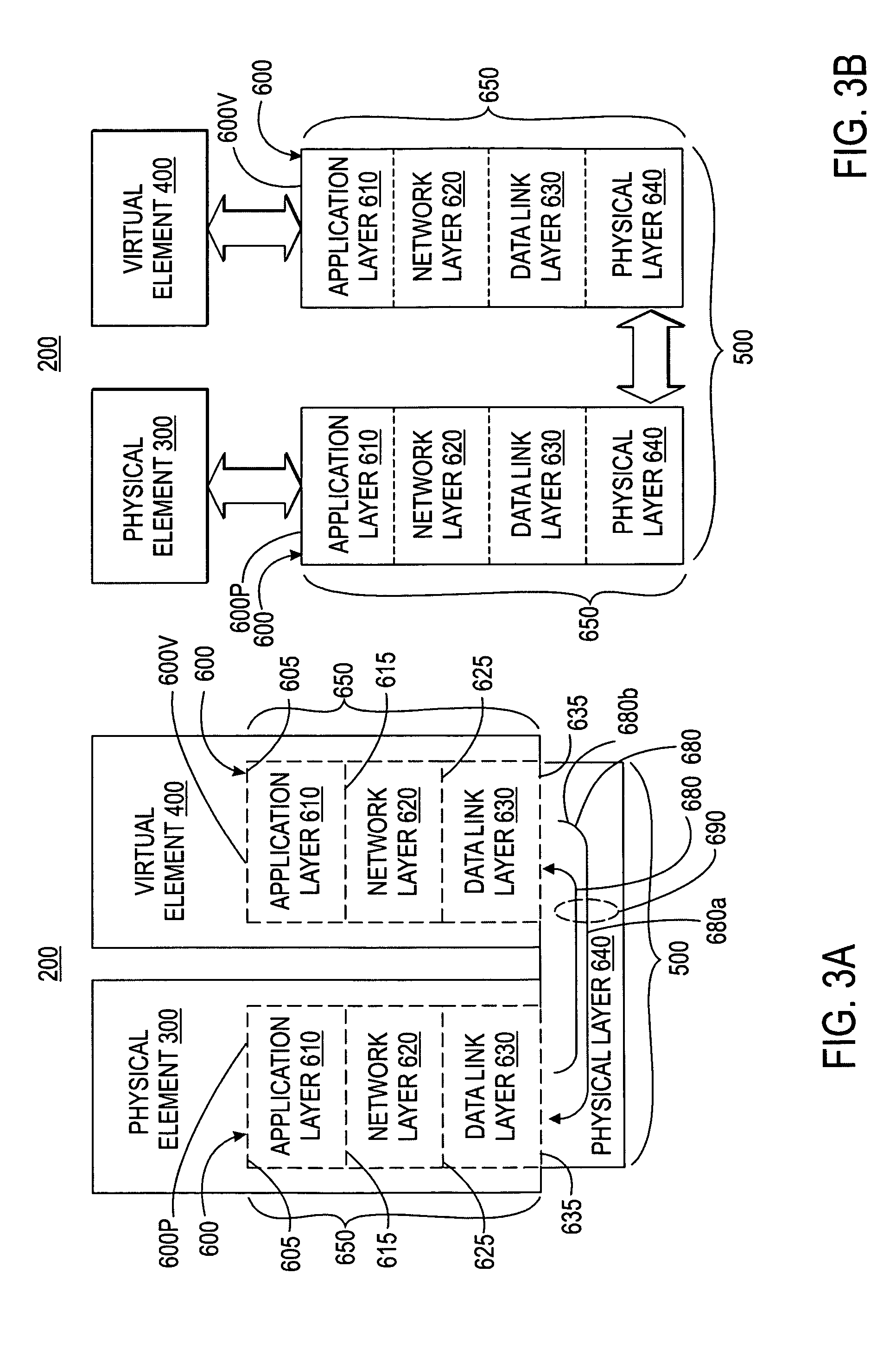System and method for performing design verification
a verification system and design technology, applied in the field of design verification systems, can solve the problems of inconvenient verification of electronic systems, and inability to perform instruction set simulators, etc., to achieve the effect of facilitating communication among system elements, ensuring portability and flexibility, and facilitating verification of electronic systems
- Summary
- Abstract
- Description
- Claims
- Application Information
AI Technical Summary
Benefits of technology
Problems solved by technology
Method used
Image
Examples
Embodiment Construction
[0021] Since current design verification systems require highly accurate component modeling and can prove difficult and costly to implement, a design verification system that provides a flexible interface and protocol for interconnecting and co-verifying physical and virtual elements of an electronic system under development can prove much more desirable and provide a basis for a wide range of electronic applications, such as the development of system-on-chip (SoC) modules. This result can be achieved, according to one embodiment disclosed herein, by employing a design verification system 200 (shown in FIG. 2).
[0022] Turning to FIG. 1, the development of an electronic system 100 normally involves an integration of one or more subsystems, including existing subsystems 110, newly-designed subsystems 120, or both. Although the electronic system 100 can comprise a new, but untested, combination of existing subsystems 110, a more typical electronic system 100 includes at least one newly...
PUM
 Login to View More
Login to View More Abstract
Description
Claims
Application Information
 Login to View More
Login to View More - R&D
- Intellectual Property
- Life Sciences
- Materials
- Tech Scout
- Unparalleled Data Quality
- Higher Quality Content
- 60% Fewer Hallucinations
Browse by: Latest US Patents, China's latest patents, Technical Efficacy Thesaurus, Application Domain, Technology Topic, Popular Technical Reports.
© 2025 PatSnap. All rights reserved.Legal|Privacy policy|Modern Slavery Act Transparency Statement|Sitemap|About US| Contact US: help@patsnap.com



